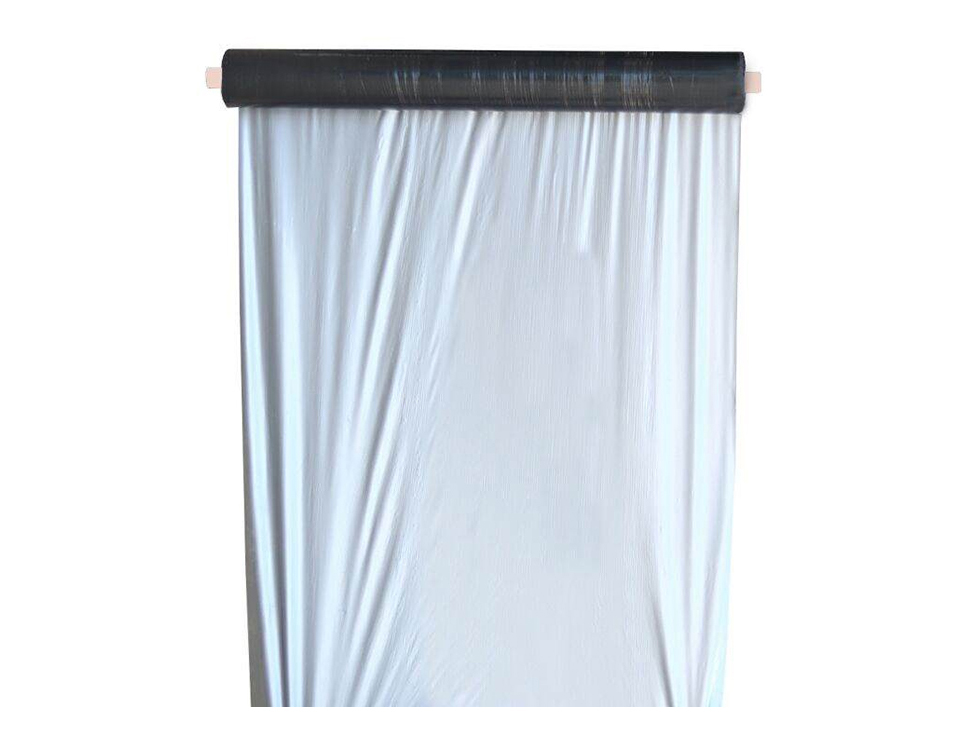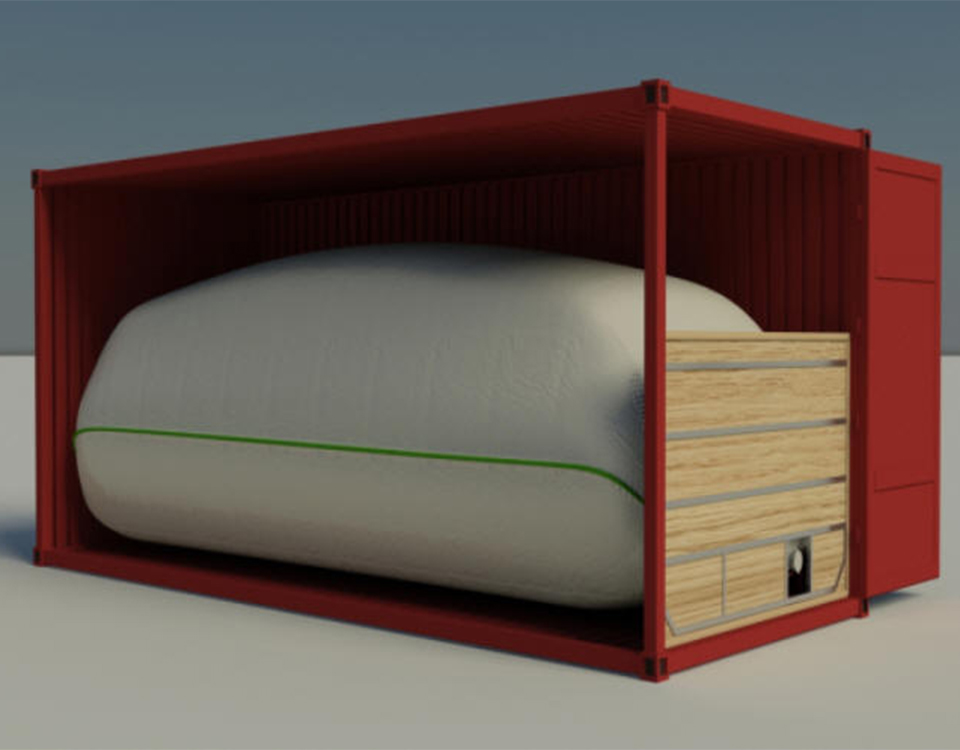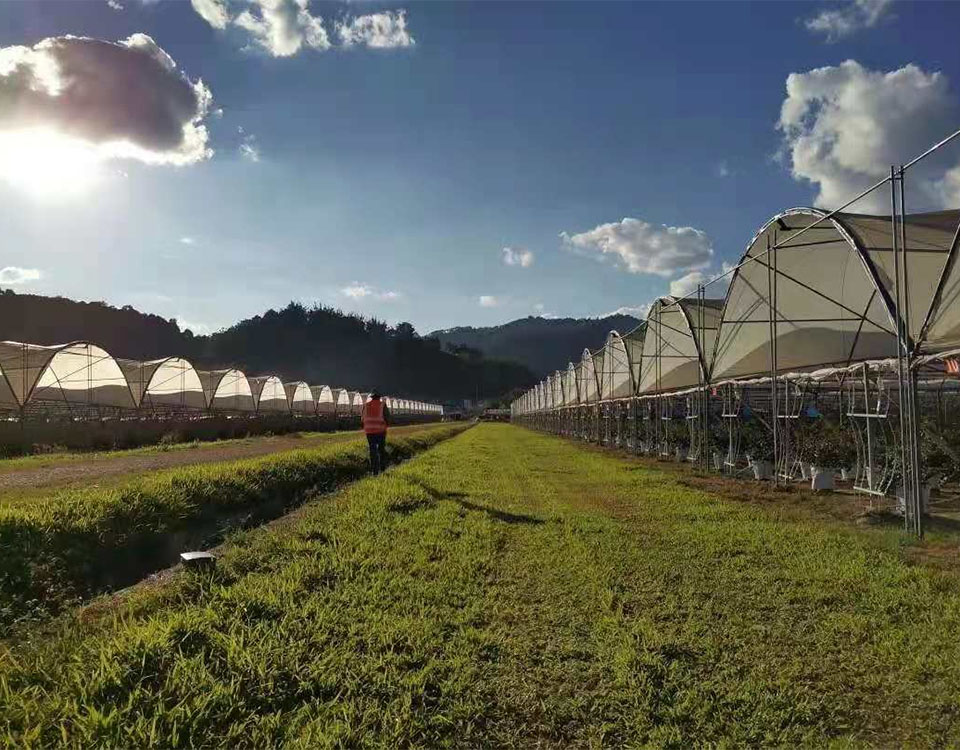The Flooring Expert
Silver Black Mulch Film
Plastic mulches have been used commercially on vegetables since the early 1960s. Three basic mulch types have been used in commercial production: black, clear, and Silver black plastic.
Plastic mulches directly impact the microclimate around the plant by modifying the radiation budget (absorbitivity vs. reflectivity) of the surface and decreasing the soil water loss. The color of a mulch largely determines its energy-radiating behavior and its influence on the microclimate around a vegetable plant. Color affects the surface temperature of the mulch and the underlying soil temperature.
The degree on contact between the mulch and soil, often quantified as a thermal contact resistance, can affect greatly the performance of a mulch. If an air space is created between the plastic mulch and the soil by a rough soil surface, soil warming can be less effective than would be expected from a particular mulch.
Silver black mulch film have been used for many years to control soil temperatures, fight weeds and retain moisture. Black plastic absorbs light to warm soil for earlier planting of warm-weather crops, while silver plastic reflects heat to keep cool-weather crops producing longer
|
Product Description : |
SILVER BLACK MULCH FILM |
Resins |
LlDPE/ MLDPE |
|||||||
|
Product type: |
f500 |
Nominal Thickness: |
10-100mic |
Thickness Range: |
±5% |
|||||
|
Test Items |
Unit |
Typical Values |
Test Standard |
|||||||
|
Tensile Strength at Break |
MD |
MPa |
20.5 |
ASTM D882-12
|
||||||
|
TD |
MPa |
18.5 |
||||||||
|
Elongation at Break |
MD |
% |
665 |
ASTM D882-12
|
||||||
|
TD |
% |
600 |
||||||||
Products categories
WHY CHOOSE US
Since its establishment, our factory has been developing first world class products with adhering the principle
of quality first. Our products have gained excellent reputation in the industry and valuabletrusty among new and old customers..


